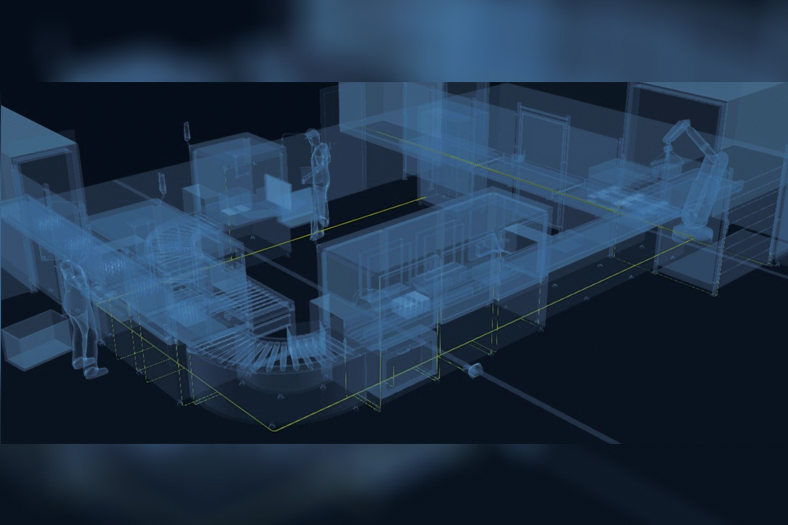How much is an hour of downtime costing you
By OEM Update Editorial September 8, 2020 11:53 am
Lost business and maintenance costs are the most obvious consequences of downtime, but not the only ones. John Young, APAC direct at automation parts supplier EU Automation, delves deeper into the tangible and hidden costs of downtime.
According to research by independent analysts Aberdeen, 70 per cent of companies lack awareness of when their equipment is due for maintenance and 80 per cent are unable to calculate how much an hour of downtime is costing their business.
However, being part of the 20 per cent that understand the true cost of downtime gives businesses a huge advantage over the competition, as this knowledge allows them to plan investments based on tangible facts and figures instead gut feelings.
For example, managers could be hesitant to invest £100,000 to save ten minutes of downtime a day. But if we establish that downtime is costing the company £24,000 an hour, those ten minutes are worth £4,000 and the initial investment will be repaid in only 25 days.
The tangible costs
A business’s true downtime cost (TDC) is the sum of all costs sustained while production is on hold, as well as the resources needed to fix the cause of the problem. These include lost production, fixed costs such as labour and utilities, replacement parts, maintenance, but also lost businesses opportunities and erosion of clients’ trust.
TDC can be divided into tangible and hidden costs. Among the tangible costs, the first and most obvious is the cost of lost production. If a business typically produces 500 items an hour with a profit of £25 per item, an hour of downtime is costing that business £12,500 in lost revenue. However, this is just the tip of the iceberg.
Employees’ salaries and utilities are also substantial costs. When equipment goes down, the company produces less while using the same amount of labour force and retail space. Sometimes these costs can even rise, as the maintenance team might need to work overtime to get the system up and running again.
Besides the most immediate costs of downtime, there are others that might be difficult to calculate but affect a company’s performance just as negatively.
The first is the cost of depleted inventories. If production is on hold for several hours, stock starts to decrease. As soon as production resumes the plant will have to compensate for the lost productivity to continue to service its clients as usual. This means that employees might have to work overtime and machines will be working at full capacity, increasing costs.
If the plant is unable to compensate and clients are not serviced on time, the manufacturer runs into a different cost – that of losing customers. When downtime impact clients, they might start to question your ability to supply goods on time and might start to look into working with more reliable suppliers.
Finally, downtime hinders creativity. When the company’s focus and resources are all on fixing equipment and solving production issues, there is neither the energy nor capital left for innovation. This cost can seem negligible at first, but over time it seriously restricts a business’ competitiveness.
Looking for replacement parts, especially if obsolete, can be time-consuming and contribute in extending downtime. Partnering with a reliable supplier like EU Automation will allow businesses to save time and reduce the total cost of downtime.
Cookie Consent
We use cookies to personalize your experience. By continuing to visit this website you agree to our Terms & Conditions, Privacy Policy and Cookie Policy.
















